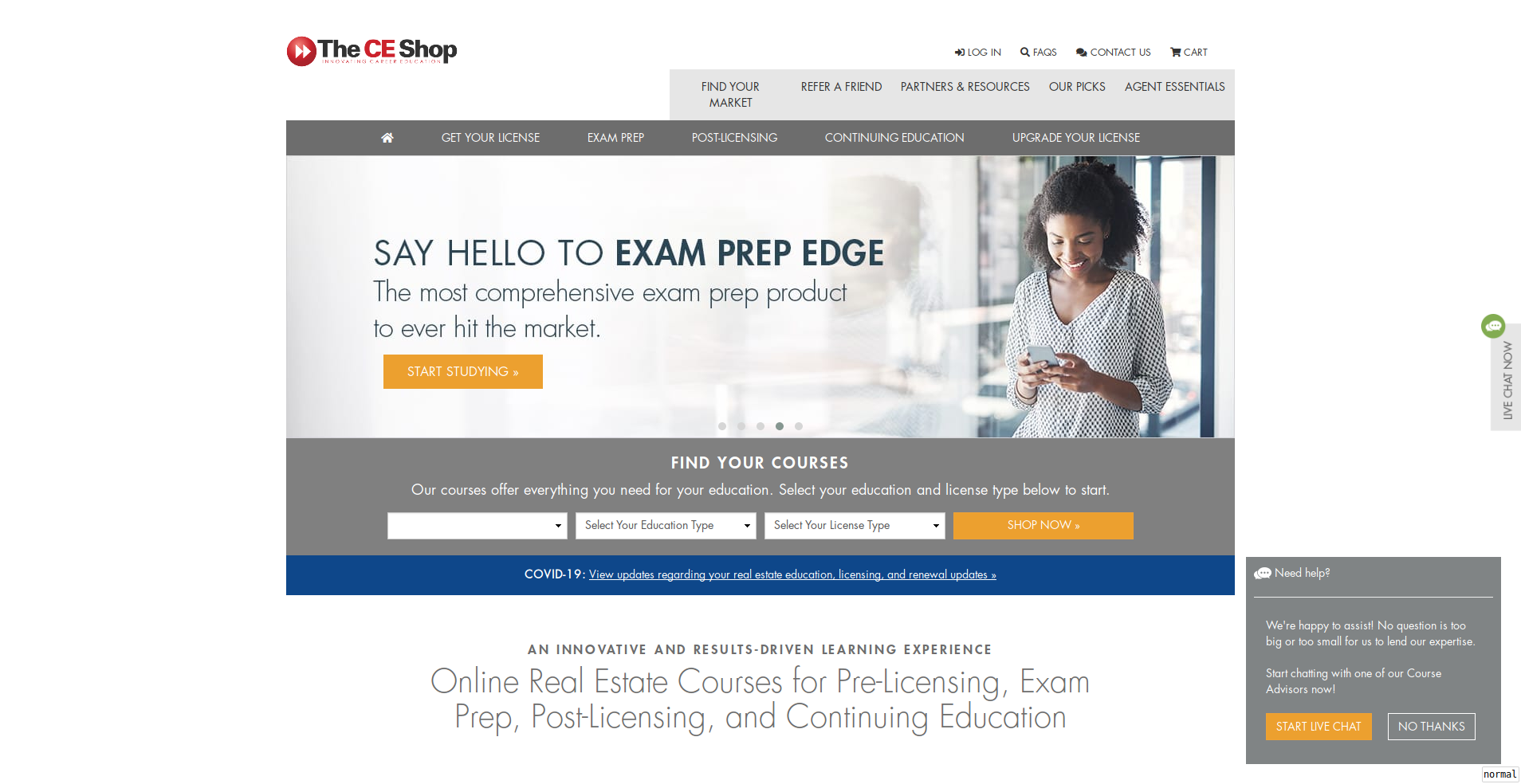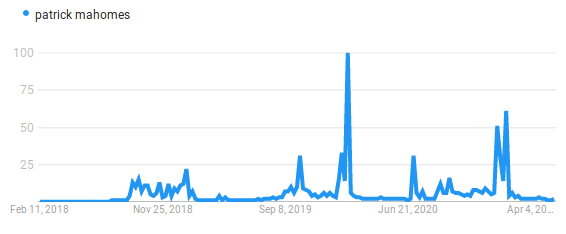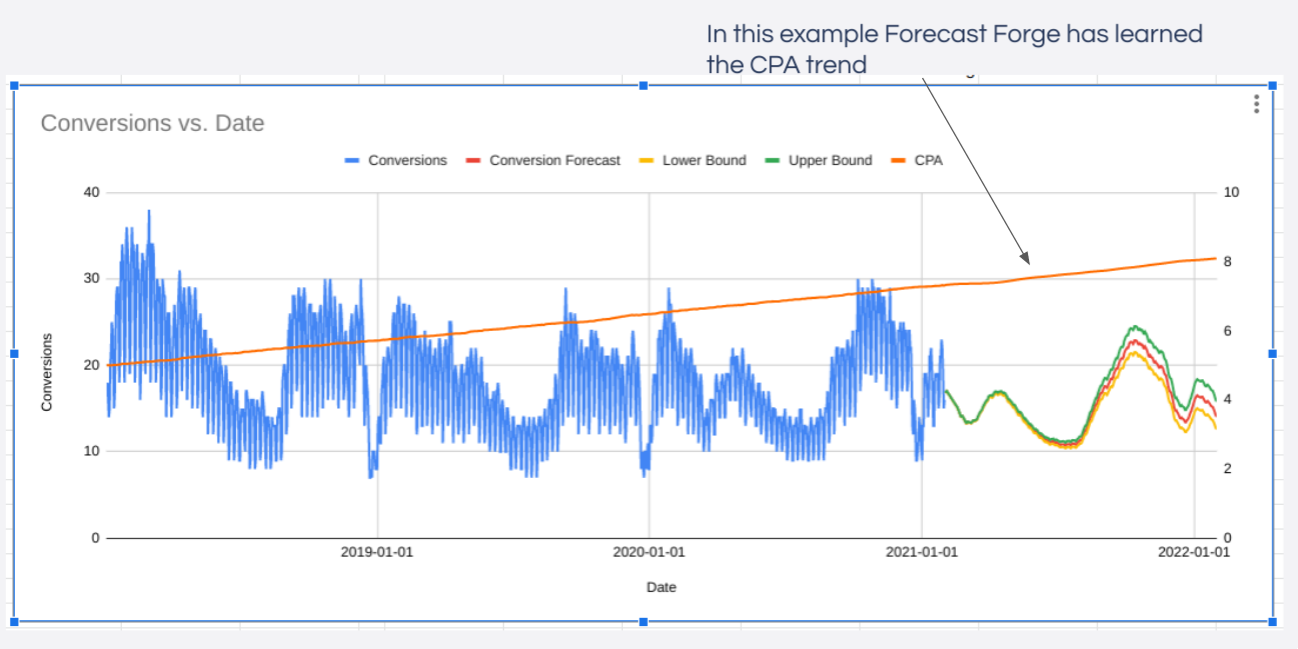Forecasting PR metrics and PPC with BJ Enoch
We are within 1.5% of the forecasted values for the month so far. And that gives us a high degree of confidence to use Forecast Forge as our primary method of evaluating spend and conversions and revenue.
— BJ Enoch
About BJ
BJ Enoch is the director of digital marketing at The CE Shop which provides career education for realtors. He has also used Forecast Forge in his previous role as a Director of SEO and a Digital Director at an agency.
He has been a Forecast Forge customer for a little under six months now and has been using it for a variety of things; from forecasting PR metrics to PPC and everything in between!
I caught up with BJ over Zoom to find out more about how he has been making these forecasts and what techniques he has found that work. You can watch or listen to the recording above or read on below for a summary of the key points.

Forecasting PR Metrics

We knew that we would have an article featuring us going out in ESPN on [e.g.] Tuesday and we had enough historical data that we were able to forecast how much traffic and how many leads we would get from it. And that would tell us how many staff we'd need to handle the demand.
BJ's first use for Forecast Forge was for a sports marketing group. He was able to forecast the traffic and lead flow that would be generated from their PR activity.
The client had a long history of getting themselves mentioned in places like ESPN so BJ was able to use this historical data to predict the impact upcoming articles would have. This was important to the client because it enabled them to better prepare staffing levels to handle the increased demand.
To do this for yourself you will need a database of historical press mentions for your client or business so that you can match the dates up with business data like traffic, conversions or revenue. Not all mentions are created equal so some kind of estimate of the "impact" of a press piece (e.g. reach, audience etc.) will help to make your forecast better.
Forecasting for PPC
BJ started off with a simple forecasting model using the date and amount of media spend to predict the conversion value. The results were not great.
We got some pretty wild numbers
But one of the advantages of using Forecast Forge is that if the forecast looks wrong or seems to be missing something then you can dive right in and start making improvements. BJ started to add more regressors to the forecast and things improved. Things improved a lot.
We had to get a little creative with how we come up with those regressor values
Now our forecasted values are within 1.5% of the actuals
The regressors BJ used were, for the most part, very specific to the business sector he was forecasting for. One of the regressors he was using that has more general applications was to help the forecast with all the events that usually happen annually except for 2020 because of Covid.
I have written previously about forecasting the effect of lockdowns but BJ's situation was significantly more challenging because different US states have had different lockdown rules at different times.
To solve this problem BJ collated lockdown dates from multiple sources so that he could use a regressor column for lockdown rules in each state. This is a great example of the kind of data work that will add value for years to come and that, once it has been done, can be used in many different places.

